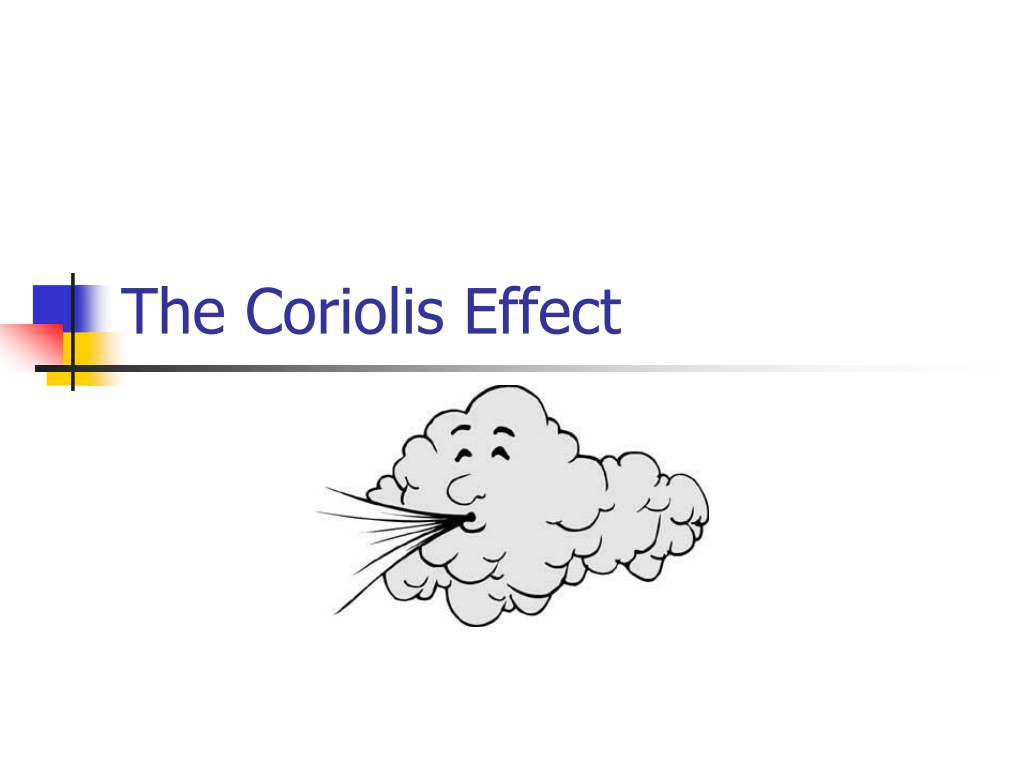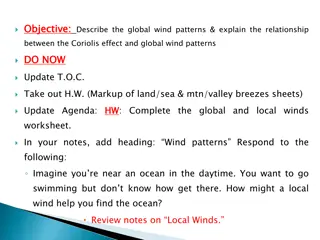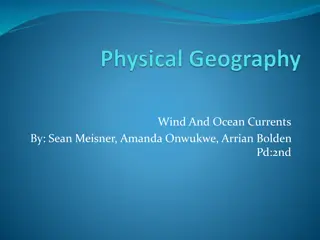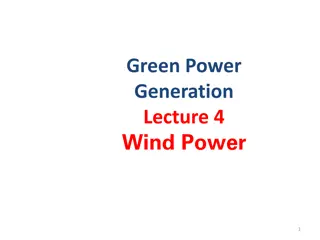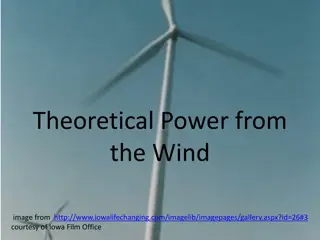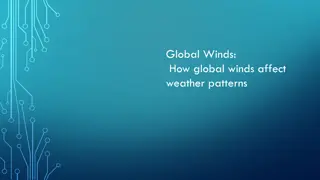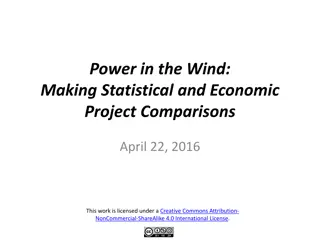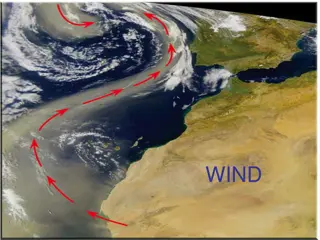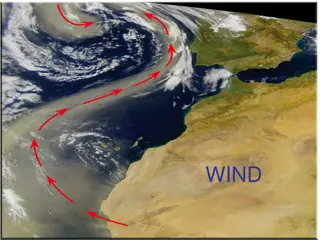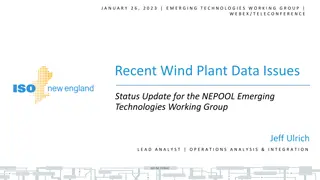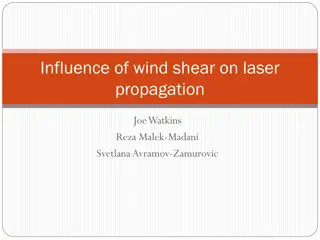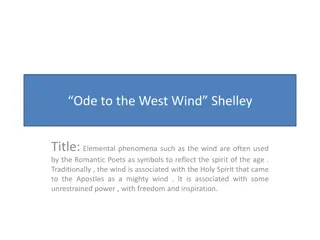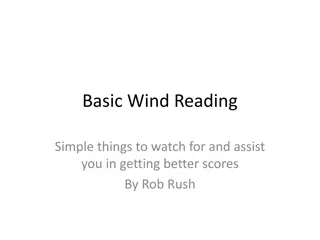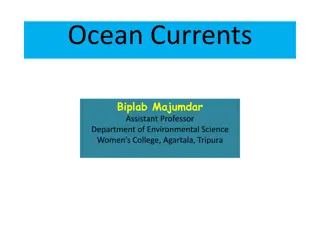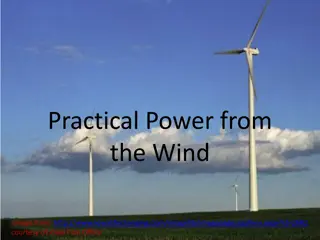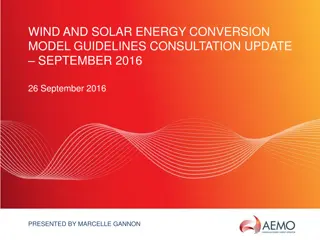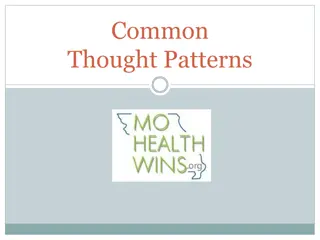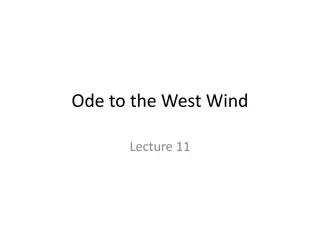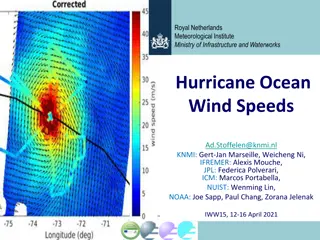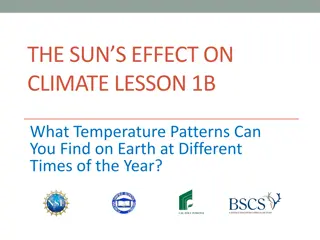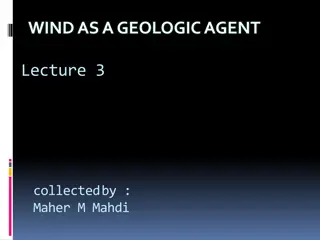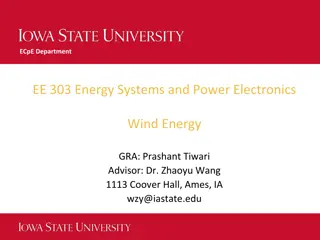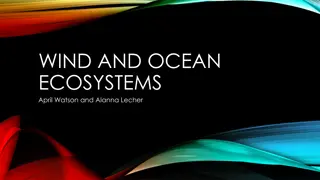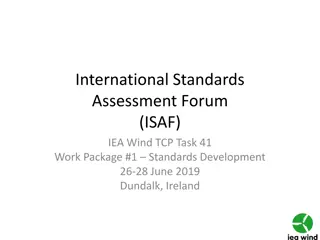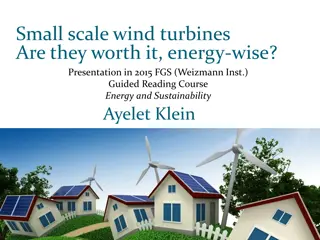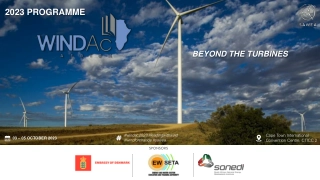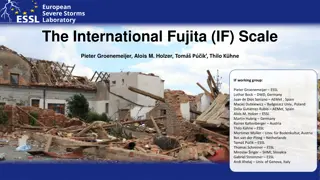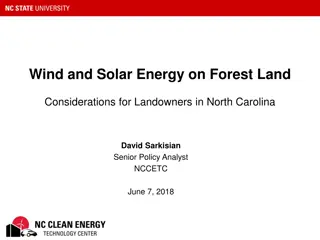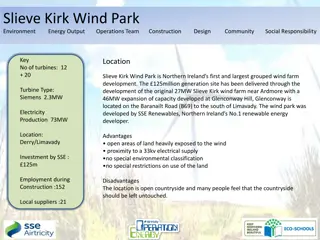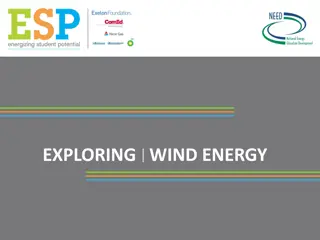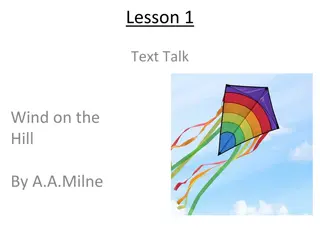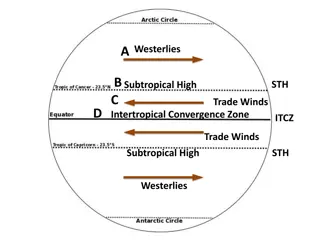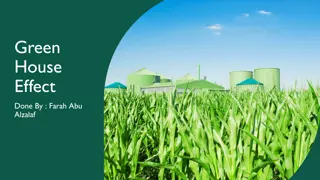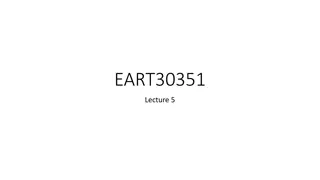Understanding Global Wind Patterns and the Coriolis Effect
Air pressure differences cause winds, with the Coriolis Effect causing wind paths to curve as air moves from high to low pressure areas. In the Northern Hemisphere, winds curve to the right, and in the Southern Hemisphere, they curve to the left. Planetary and local winds are influenced by temperature variations, resulting in distinct wind belts across hemispheres.
Download Presentation

Please find below an Image/Link to download the presentation.
The content on the website is provided AS IS for your information and personal use only. It may not be sold, licensed, or shared on other websites without obtaining consent from the author. Download presentation by click this link. If you encounter any issues during the download, it is possible that the publisher has removed the file from their server.
E N D
Presentation Transcript
Air pressure differences cause the movement of air Air moving parallel to the ground is called wind Air moving up or down is called a current
Air generally moves from the poles to the equator, this is because air flows from high pressure to low pressure High pressure forms when cold air sinks (at the poles) Low pressure forms when warm air rises (at the equator) But the air doesn t flow in a straight line
Coriolis Effect Causes air to move in a curved path It is caused by the Earth spinning on its axis The Earth spins fastest at the equator, and slowest near the poles As air moves from the equator to the pole, it will travel east faster than the land beneath it causing the air to follow a curved path
So the coriolis effect causes wind flowing from high pressure to low pressure to curve as the wind moves In the Northern Hemisphere, the coriolis effect causes things to curve to the Right of the Observer In the Southern Hemisphere, the coriolis effect causes things to curve to the Left of the observer
Wind Winds are created because of the uneven heating the Earth As discussed before, air moves from high pressure to low pressure Areas that are warmer are low pressure areas, so wind blows toward low pressure Areas that are colder are high pressure areas, so wind blows away from high pressure There are two types of winds Planetary (or global) local
Planetary wind These winds blow across the entire planet They generally blow at the same speed and direction Some are high in the atmosphere and you cannot feel them on the ground Each hemisphere contains 3 wind belts that divide up the planetary winds Trade winds, Westerlies, and Easterlies
Local Winds These winds blow over small areas Unlike planetary winds, local winds can change speed and direct frequently These are the winds we feel on the ground They are influenced by local conditions and local temperature variations
Local Wind cont. Land and sea breezes During the day, the land heats up faster than the water, so a breeze will blow from the sea to the land, called a sea breeze
Local winds cont. At night, the land will cool off faster than the water, so the cool land air will flow toward the warmer ocean water air, creating a land breeze, where the wind blows from the land to the sea
Local Winds cont. Mountain and Valley Breezes During the day, the valley heats up, so the warm less dense air flows up the mountain, creating a valley breeze
Local winds cont. At night, the mountain will cool off faster than the valley, so the cool mountain air descends because it is more dense, creating a mountain breeze
